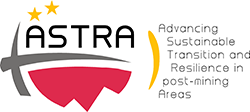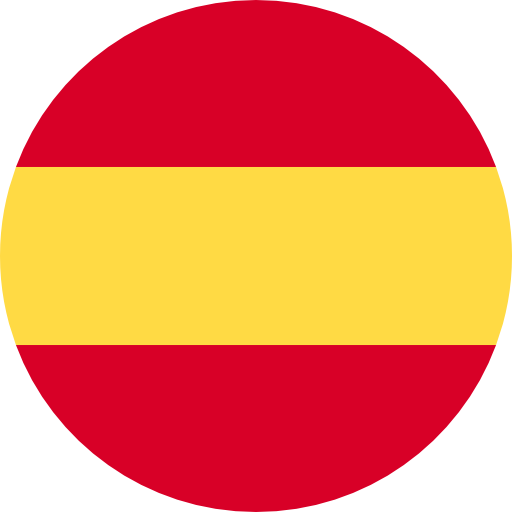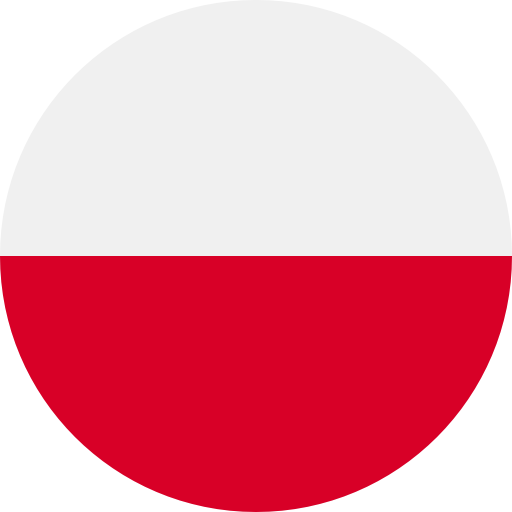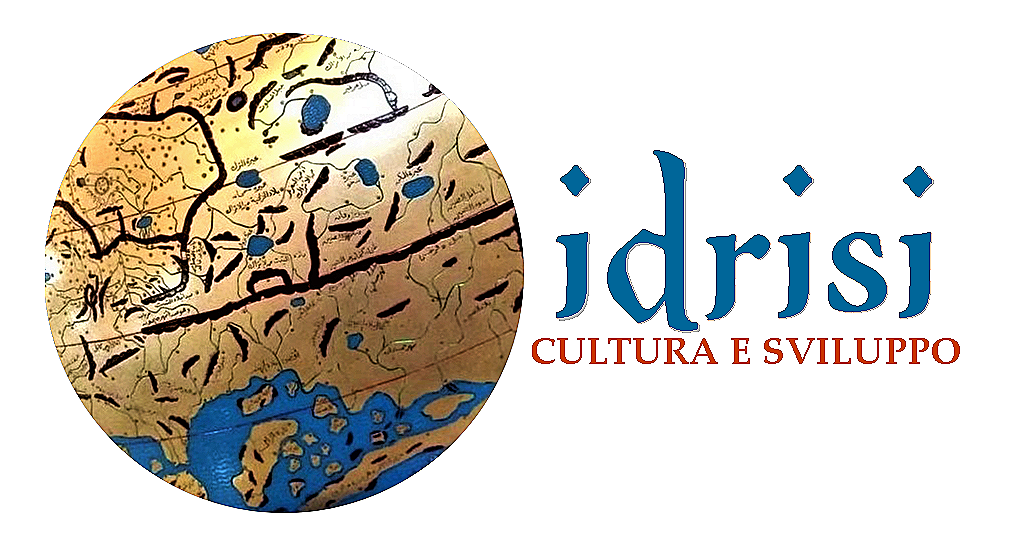Montevecchio Mines
39º 33' 23'' N 8º 34' 14'' E
Montevecchio Mines, Guspini, South Sardinia Province, Sardinia
Italy
Description
Montevecchio mines are one of the best preserved mining parks in Europe.
Extracted Materials
Galena
Sphalerite
Blenda
Quartz
Zinc
Silver
Calcite
Antropological info
The priest Giovani Antonio Pischedda discovered the ore deposits. He inspected the area of Guspini and in 1842, he was granted the permission to extract 25 tons of galena. Two years later he met Giovani Antonio Sanna, who became the founding father of the Mining Company for the Mining of Lead at Montevecchio. He knew mining was a rentable business and started exploiting the deposit. In 1848, king Carlos Alberto granted a concession to the company to exploit the ore deposits. In 1865, the mine already counted with 1100 workers and was considered the most important mine in the Sardinian Kingdom. The use of state-of-the-art mining technologies, some of which originated from abroad, made them one of the most advanced mines. These included the 220 hp Sullivan compressor of the Sant'Antonio mine, which arrived as a construction kit in 1903 and was assembled on site. A winding engine equipped with two cages allowed miners and ore transport. The ore washing plant inaugurated in 1877 was named after the Savoy prince Tomasso, and was kept up to date during all the years the mine was active. It reached the peak of 1200 tons a day in three shifts. The mine continued its development until 1991, when the last shaft went out of operation. Nowadays, the mining park has opened to the public.
Sociologal info
During all the decades the mine was active, lots of changes happened: the village expanded, becoming one of the most important mining sites in Europe. The small neighbourhood turned into a small town with a hospital, school, post office, cinema and numerous administrative office buildings. With the mine closure, the village was abandoned. Today, only 400 inhabitants live in the borough.
Archaeological info
The extraction of minerals in the area of Montevecchio dates back to the Phoenician and Roman times. Nevertheless, the industrial exploitation began in the 19th century, and lasted until 1991. The well-preserved conditions of the machines make this mining park unique. San Giovanni well, for example, contains some equipment used for the ore extraction. This well is 200 metres deep and connects six underground galleries.
Montevecchio is one of the eight mining sites that make up the Geo-Mining Historical Environmental Park of Sardinia, officially recognized in 1997 by UNESCO.
Sustainable tourism insights
The Montevecchio mines, along with seven other mining sites, forms part of the Geo-Mining Park of Sardinia and is home to festivals, fairs and cultural events. Moreover, the landscape is perfect for those who love nature and hiking, walking the paths of the old mine workers, and, with a little bit of luck, getting to see Sardinian deers.
Environment sustainability
Nature has taken over Montevecchio. The ghost town is now a place used for cultural purposes, and the mines have become a place of historical interest.
Creativity insights/curiosities
Nearby Montevecchio mines, we can find what local people name “Giant’s Tomb”. Archaeologists found a megalithic gallery grave, built during the Bronze Age. These collective tombs can be found in Sardinia, with more than 800 graves reported.









